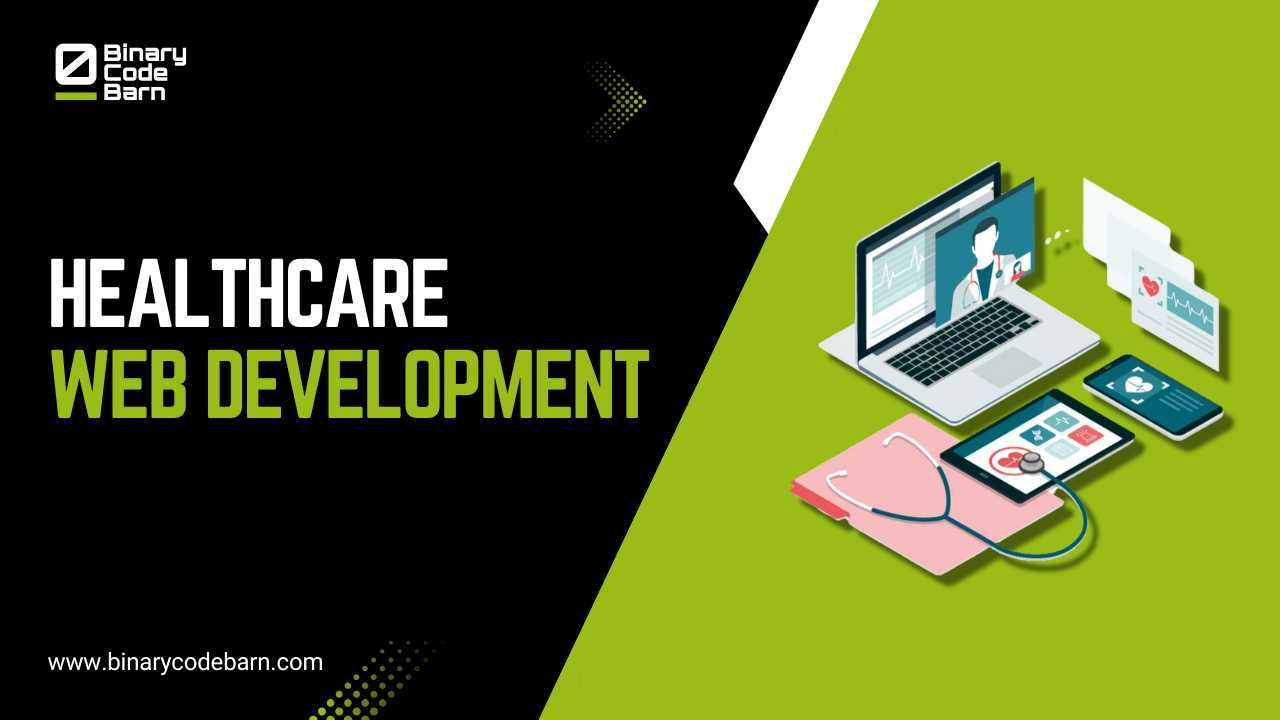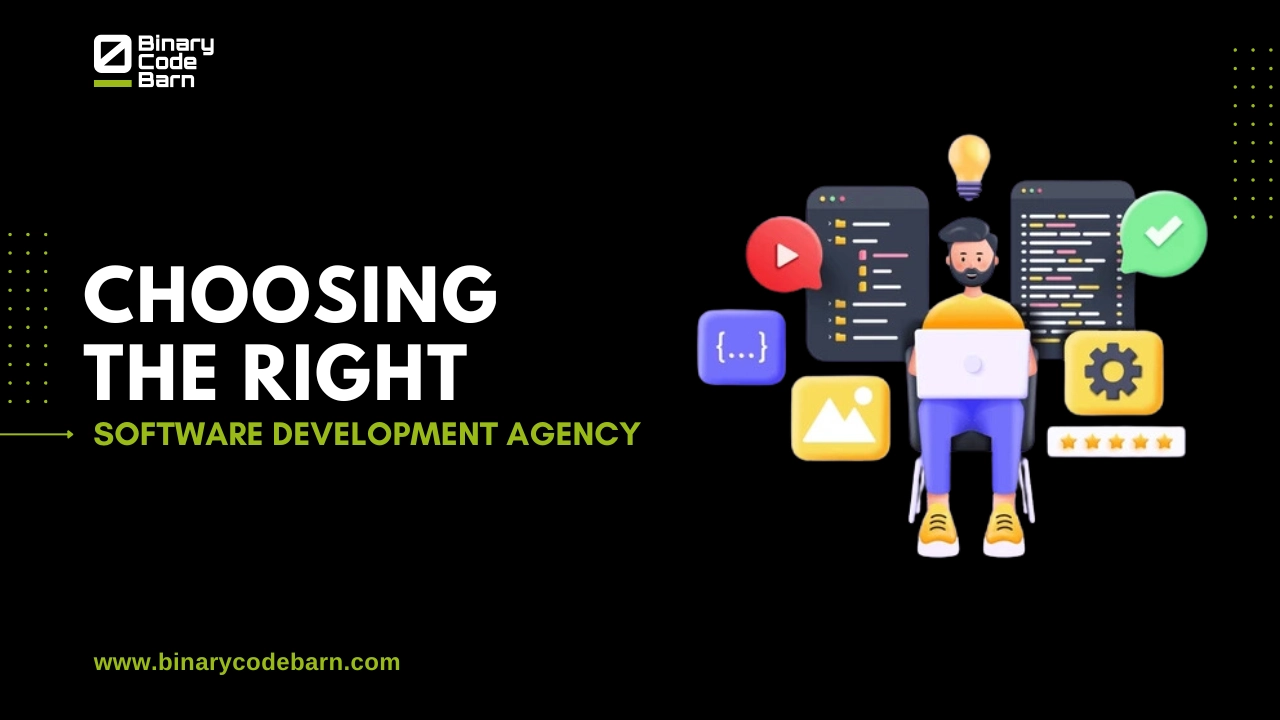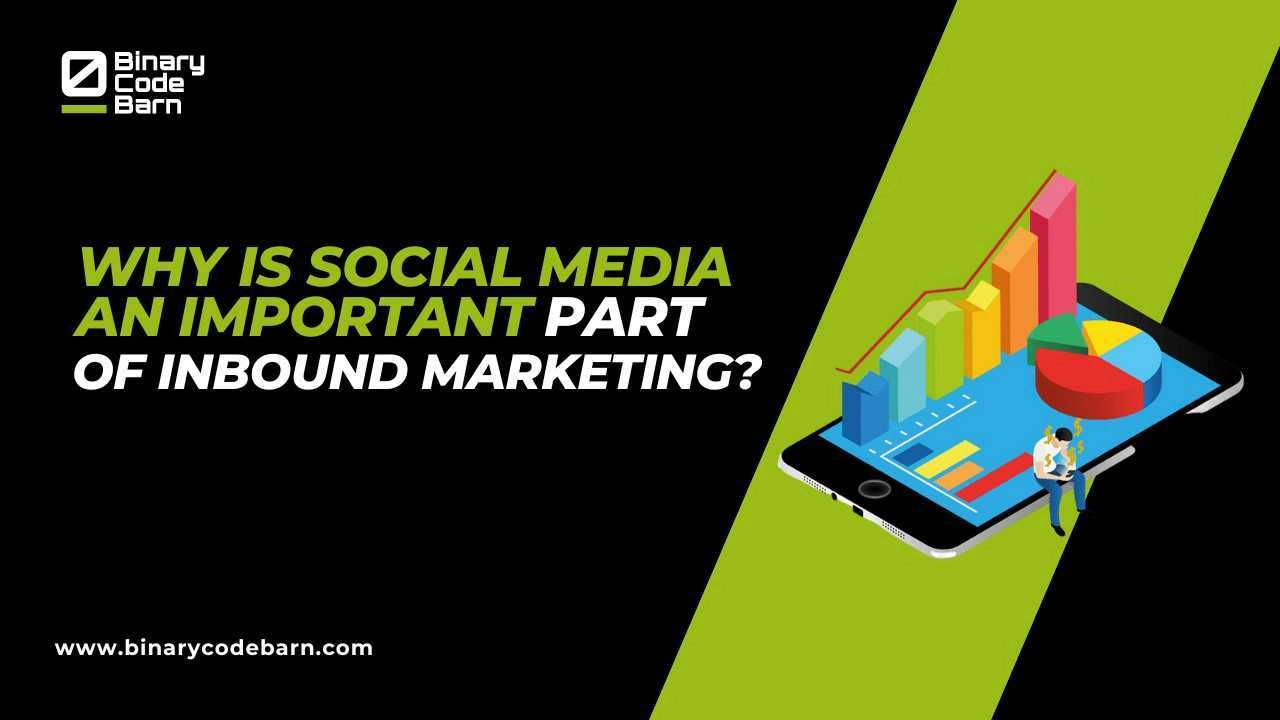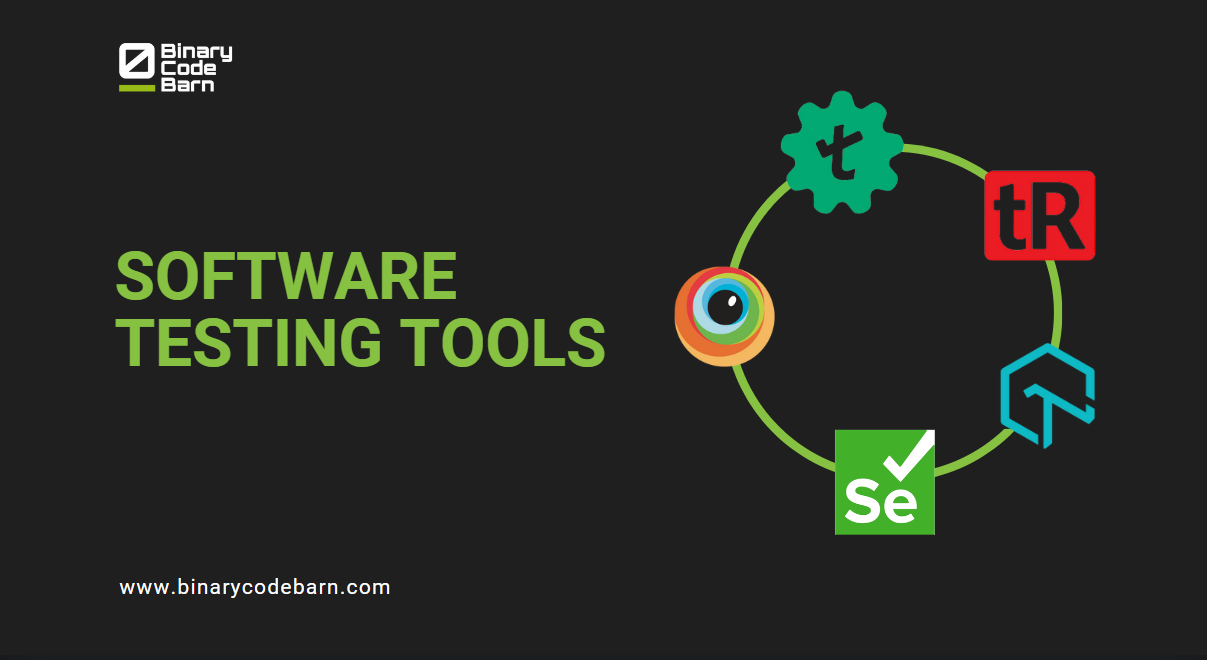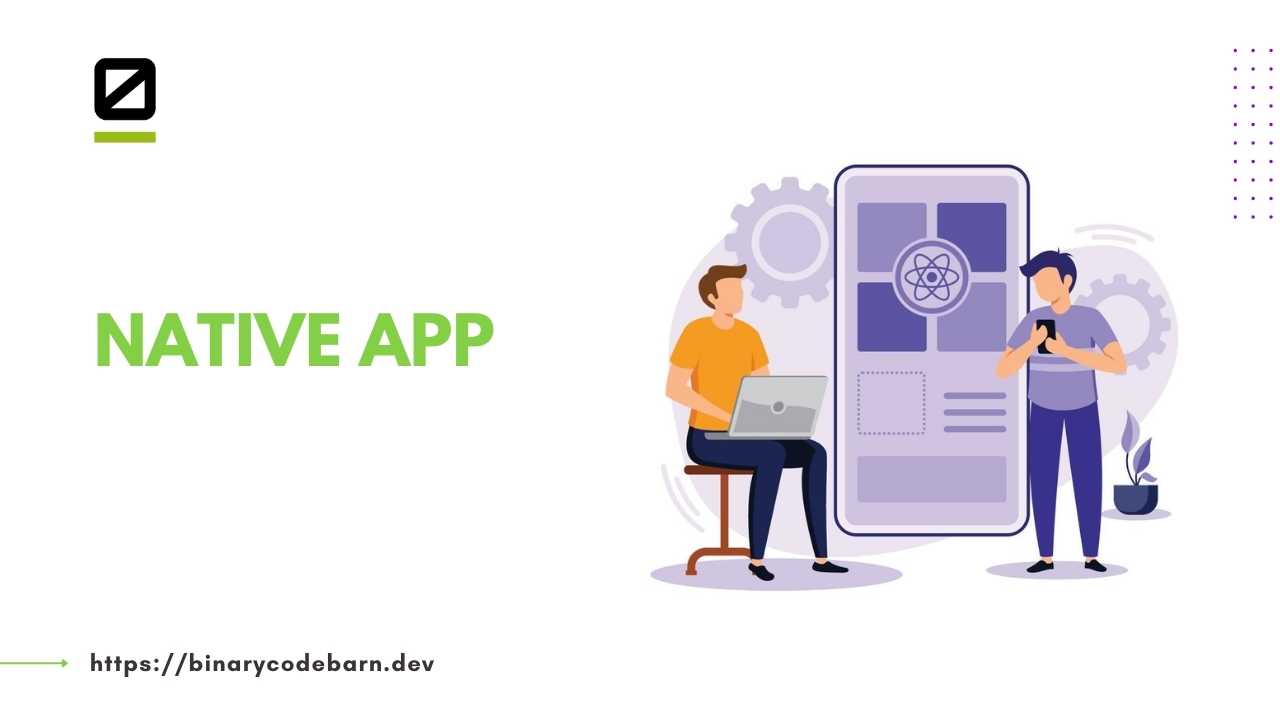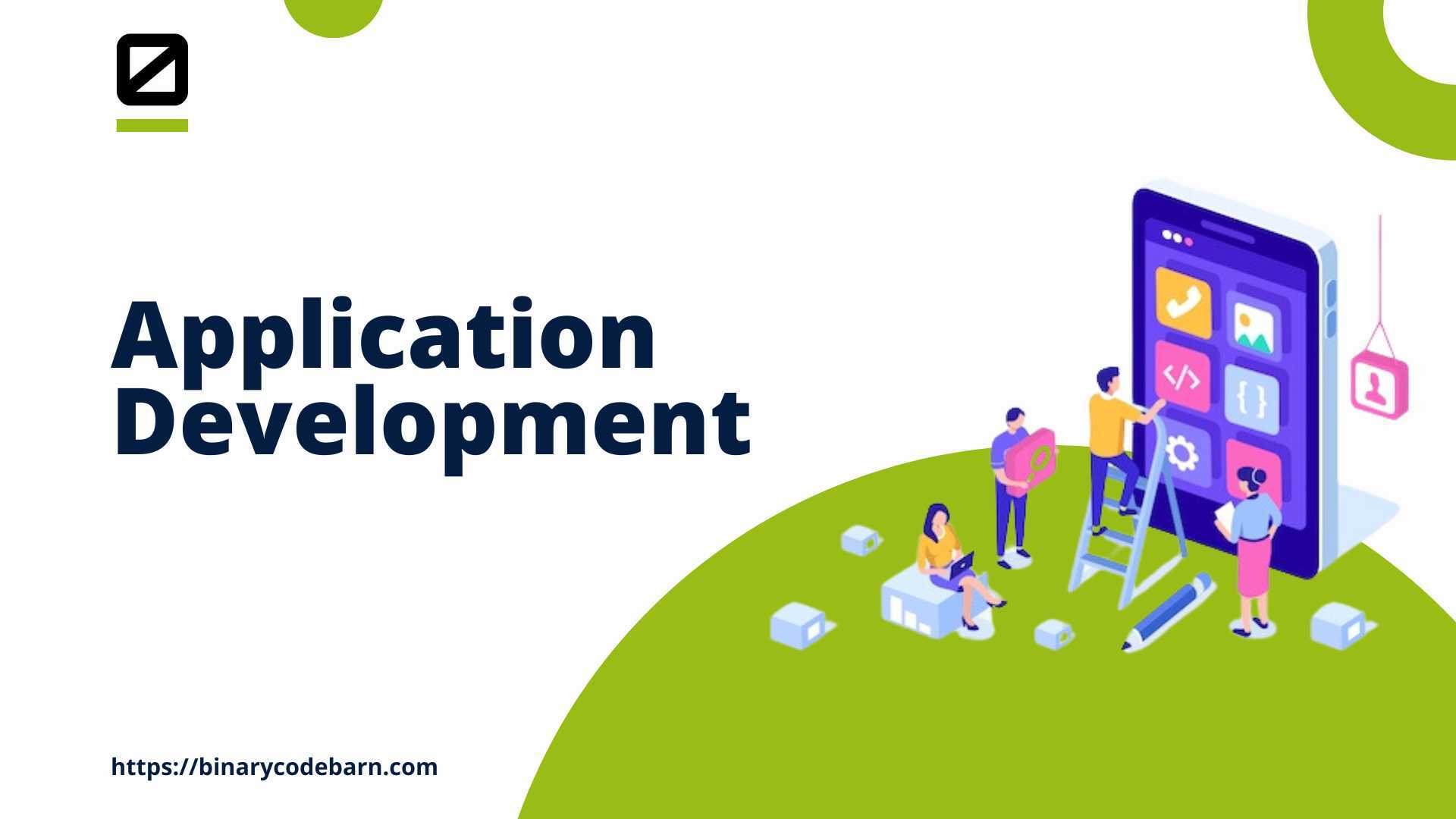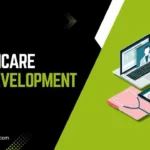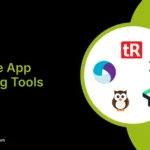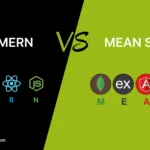In today’s digital world, having a website is a must for every business, especially in healthcare. When people need medical advice, want to book an appointment, or learn about a facility, they often turn to the internet first. Did you know that 5% of all Google searches are healthcare-related? This shows how important it is to have a strong online presence.
A well-designed healthcare website does more than share information it builds trust and makes it easy for patients to connect with your services. With 58.5% of adults using online healthcare services (CDC, 2022), having a user-friendly website isn’t just helpful it’s essential.
Whether you’re creating a new website or improving an existing one, this guide by Binary Code Barn will help you get started. Let’s begin!
What is Healthcare?
Healthcare refers to the maintenance or improvement of health via diagnosis, treatment, and prevention of illness, disease, injury, and other physical and mental impairments. Professionals in medicine, nursing, pharmacy, dentistry, and other allied fields deliver healthcare. In recent years, technology has been pivotal in enhancing healthcare delivery.
Types and Cost of Healthcare Web Development
Healthcare web development costs vary depending on various factors, including the web type, technology, features, design complexity, and ongoing maintenance. Here’s a breakdown of the expenses for different types of healthcare web development:
The cost of healthcare web development depends on several factors:
- Basic Websites, e.g., informational sites, cost $5,000 – $20,000.
- Medium Complexity Websites, e.g., appointment scheduling platforms, cost $20,000 – $70,000.
- High High-complexity websites, e.g., hospital management systems, cost $70,000+.
- Advanced features like AI integration, real-time data sharing, or wearable compatibility increase development costs.
- Single Platform (desktop or mobile) has a lower cost.
- Cross-platform solutions increase costs by 20-30%.
- Developers in the US/Europe charge $100 – $250 per hour, while Asia charges $20 – $70 per hour.
- Websites in the healthcare domain must comply with regulations like HIPAA, GDPR, or FDA standards, adding to the cost.
- Maintenance and updates typically cost 15-20% of the total development budget annually.
For more information about costs of healthcare web development services you can contact the team of BCB.
Why Build a Healthcare Website?
In today’s digital world, having a healthcare website is no longer optional it’s a must. Here’s why creating one is a smart move for your practice or organization:
- Make Information Easily Accessible
Patients often search online for healthcare services. A website provides them quick access to essential details like services offered, locations, and contact information. - Simplify Appointment Booking
Gone are the days of long phone calls. With a website, patients can easily book, reschedule, or cancel appointments with just a few clicks, saving time for everyone. - Engage Patients with Useful Resources
A website isn’t just a digital billboard it’s a platform to educate and connect. You can share health tips, news, and resources to keep patients informed and engaged. - Improve Communication
With features like live chat, contact forms, or FAQs, patients can quickly reach out for help, making communication more seamless and effective. - Boost Credibility and Trust
A professional website showcases your expertise, credentials, and patient success stories, helping to build trust with new and existing patients. - Streamline Operations
A healthcare website can automate processes like form submissions, prescription refills, and inquiries, reducing manual work and improving efficiency. - Attract More Patients
With good SEO practices, your website can appear in search results when potential patients look for healthcare services, helping you grow your reach. - Stay Ahead of the Competition
In a competitive industry like healthcare, having a modern, user-friendly website keeps you one step ahead of others who lack a strong online presence.
Building a healthcare website isn’t just about going digital it’s about offering better care, simplifying processes, and reaching more patients. It’s the foundation for a modern, patient-focused practice.
Healthcare Web Design Trends and Practices
A compelling and efficient healthcare web app begins with a solid healthcare website design. While many websites aim to impress with advanced features, their true value lies in simplicity and patient-centric functionality. Here’s an overview of the latest trends and best practices in healthcare web design to create a user-friendly, secure, and innovative digital presence.
1. Data Visualization
Presenting test results or treatment progress is essential. However, standing out requires going beyond the basics. Modern healthcare websites focus on presenting complex medical data in visually appealing and easy-to-understand formats. This helps patients quickly interpret their information and fosters trust.
How to Get It Right:
-
Display only relevant and necessary information to avoid overwhelming users.
-
Use clean, simple, and well-structured visuals for charts or graphs.
-
Leverage proven visualization techniques instead of starting from scratch.
-
Add brief but clear descriptions to help users understand the data.
-
Choose high-contrast colors to ensure charts and graphics are accessible.
When done correctly, data visualization can make a significant difference in how patients engage with your website.
2. Website Accessibility
Healthcare websites must cater to everyone, including people with disabilities. Accessibility is not just a nice-to-have; it’s a requirement for inclusivity. An accessible website ensures that all users can navigate and benefit from the services without barriers.
Steps to Improve Accessibility:
-
Use adjustable text sizes for readability.
-
Incorporate features like voice readers and text transcripts for multimedia.
-
Add alt text to images for visually impaired users.
-
Optimize the design for mobile use, as many users rely on their phones for healthcare information.
-
Follow the Web Content Accessibility Guidelines (WCAG) to align with accessibility standards.
An accessible website creates a better experience for all users and helps your organization maintain compliance with regulations.
3. Bright and Engaging Colors
The colors used on your healthcare website impact how users perceive and interact with it. Pale or dull colors can lead to disengagement, while vibrant yet professional color schemes enhance readability and user interest.
Best Practices for Colors:
-
Limit your palette to 2-3 main colors to avoid visual clutter.
-
Opt for a moderate contrast to ensure text is easy to read.
-
Maintain consistency in color usage to align with your brand identity.
A visually appealing design not only grabs attention but also helps users stay focused on important information.
4. Simple and Intuitive Navigation
Patients visiting a healthcare website often look for specific information, such as scheduling an appointment or accessing medical records. Navigation should be straightforward, ensuring users can find what they need quickly and effortlessly.
Tips for User-Friendly Navigation:
-
Include a clear menu for critical pages, such as “Contact Us” or “Services.”
-
Place call-to-action (CTA) buttons prominently to guide users toward actions like booking an appointment.
-
Organize content logically to prevent confusion or frustration.
A website with simple navigation keeps users engaged and encourages them to explore your services further.
5. Mobile-Friendly Design
With mobile devices accounting for over 50% of global web traffic, having a mobile-optimized healthcare website is non-negotiable. A responsive design ensures that your website looks and functions perfectly on any screen size, from smartphones to tablets.
How to Make Your Site Mobile-Friendly:
-
Use responsive design principles so the layout adjusts automatically.
-
Optimize images and videos for fast loading on mobile devices.
-
Test your website’s functionality across different devices and browsers.
A mobile-friendly design makes healthcare information accessible anytime and anywhere, boosting user satisfaction.
6. Integrating Telemedicine
Telemedicine is transforming healthcare delivery, making it more convenient for patients. By incorporating features like video consultations, appointment scheduling, and secure messaging, your website can cater to modern patient needs.
Key Telemedicine Features:
-
Real-time video consultations for remote care.
-
User-friendly scheduling tools for appointments.
-
Privacy-compliant communication channels for patient-provider interactions.
Telemedicine integration positions your healthcare website as a forward-thinking platform.
7. Enhanced Security Measures
With sensitive patient data at stake, robust cybersecurity is critical for any healthcare website. Failing to protect this data can result in lost trust and serious legal consequences.
Security Best Practices:
-
Implement SSL certificates to encrypt data.
-
Use multi-factor authentication to secure user accounts.
-
Regularly update your software to stay ahead of vulnerabilities.
-
Ensure compliance with data protection laws like HIPAA.
By prioritizing security, you build trust and protect your patients’ privacy.
8. Consistent Branding and High-Quality Visuals
A strong brand identity helps your healthcare organization stand out in a competitive market. Consistent branding across your website builds recognition and trust, while high-quality visuals create a professional and welcoming impression.
Steps for Consistency and Quality:
-
Use uniform colors, fonts, and logos across your site.
-
Showcase photos of doctors and facilities to highlight professionalism.
-
Incorporate engaging visuals like infographics and videos to convey complex information.
A well-designed website reflects the reliability and expertise of your organization.
9. Valuing Content and User Education
Content is at the heart of any healthcare website. From FAQs to patient testimonials, providing valuable information demonstrates your expertise and helps users make informed decisions.
Content Ideas:
-
Blog posts about common health concerns.
-
Step-by-step guides for booking appointments or using telemedicine.
-
Testimonials from satisfied patients to build credibility.
-
Company updates and achievements to foster trust.
Regularly updating your content keeps users engaged and positions your website as a trusted resource.
An optimized healthcare website is more than just an online presence; it reflects an organization’s commitment to patient care and innovation. Incorporating these trends and best practices ensures a seamless, secure, and user-friendly experience for patients and medical professionals.
Healthcare Web Development Process
Developing a healthcare website involves strategic planning, technical precision, and regulation compliance. Here’s a breakdown of the process:
1. Understanding Requirements
The first step is to grasp the project’s goals and user needs:
- Decide whether the focus is on patient portals, telemedicine, or appointment scheduling.
- Understand the needs of patients, doctors, and administrative staff.
- Adhere to standards like HIPAA or GDPR for data protection and privacy.
For example, secure communication features are a must if you’re building a telemedicine platform.
2. Planning and Strategy
A clear plan sets the foundation for successful development:
- List essential elements such as health trackers or online consultation tools.
- Technologies like React for the front-end and Python/Django for the back-end are common.
- Use sitemaps and wireframes to map navigation paths.
This phase ensures alignment between your goals and the technical execution.
3. Design Phase
User-friendly design is critical in healthcare:
- Make sure the site works seamlessly on all devices.
- Simplify navigation with accessible menus and visible CTAs like “Schedule an Appointment.”
- Maintain consistency in colors, logos, and messaging to reinforce trust.
Good design enhances patient satisfaction and improves usability.
4. Development Phase
Once the design is approved, development brings the site to life:
- Build the front-end interface for interaction using HTML, CSS, and JavaScript.
- Develop the back-end system for secure data management with robust frameworks.
- Integrate APIs like EHR/EMR for seamless access to medical records and services.
Agile development ensures flexibility, allowing continuous improvements during the process.
5. Testing and Quality Assurance
Testing guarantees the website meets performance and safety standards:
- Ensure all features, such as forms and portals, work flawlessly.
- Verify encryption and access controls for data protection.
- Optimize the website to handle high traffic without delays.
This step is crucial to deliver a reliable and user-friendly product.
6. Deployment and Maintenance
The final phase ensures a smooth launch and long-term functionality:
- Deploy the website on a secure hosting platform with high reliability.
- Offer training sessions for healthcare staff to use the platform effectively.
- Plan for ongoing maintenance to update features, fix bugs, and comply with evolving regulations.
Why Choose Binary Code Barn for Healthcare Web Development?
At Binary Code Barn, we know healthcare is more than just a service it’s about saving lives and improving care. That’s why we design secure, user-friendly, and innovative websites tailored to your needs. Here’s why we stand out:
1. Expert Healthcare Solutions
We specialize in creating platforms like patient portals, telemedicine apps, and hospital management systems. Every feature is designed to enhance patient care and streamline processes.
2. Regulatory Compliance
We ensure full compliance with HIPAA, GDPR, and FDA standards, keeping patient data safe and secure.
3. Cutting-Edge Technology
We use advanced tools like AI, IoT, and cloud solutions to keep your website fast, modern, and reliable. Features like online appointment booking, telehealth, and secure payments make patient interaction easy.
4. Tailored and Cost-Effective
Every website is customized to your goals, whether for a small clinic or a large hospital. Our pricing is transparent, and solutions are scalable as you grow.
5. 24/7 Support and Maintenance
Our team ensures your website runs smoothly with regular updates and ongoing support whenever needed.
Binary Code Barn combines expertise, innovation, and care to create websites that transform healthcare delivery. Let’s build a smarter, more connected healthcare system together.
FAQs
1. What are the 3 Types of Web Development?
- Front-End Development
- Focuses on the user interface (UI) and experience (UX).
- Examples: Designing the layout, buttons, and forms users interact with on a website.
- Back-End Development
- Manages the server, database, and application logic.
- Examples: Secure data storage, API integration, and user authentication systems.
- Full-Stack Development
- Combines front-end and back-end development expertise.
- Full-stack developers build and maintain complete web applications.
2. What is Web3 in Healthcare?
Web3 in healthcare refers to leveraging decentralized technologies like blockchain and smart contracts to improve healthcare systems. Enhanced data security, patient ownership of medical records, and transparent healthcare transactions.
Applications:
- Decentralized patient data management.
- Token-based rewards for healthy behavior (e.g., fitness tracking apps).
- Smart contracts for insurance claims or automated billing.
3. What is the Best Healthcare Website?
While opinions vary, Mayo Clinic is often regarded as one of the best healthcare websites.
Why?
- Comprehensive, accurate health information.
- User-friendly design for patients and professionals.
- Offers tools like symptom checkers and appointment scheduling.
Other notable mentions: WebMD, Cleveland Clinic, and Healthline.
4. What is the Most Popular Healthcare Software?
Epic Systems is one of the most popular healthcare software solutions.
- Widely used by hospitals for EHR and practice management.
- Known for seamless interoperability and patient portals.
Other popular software include Cerner, Allscripts, and Meditech for healthcare management and record-keeping.
